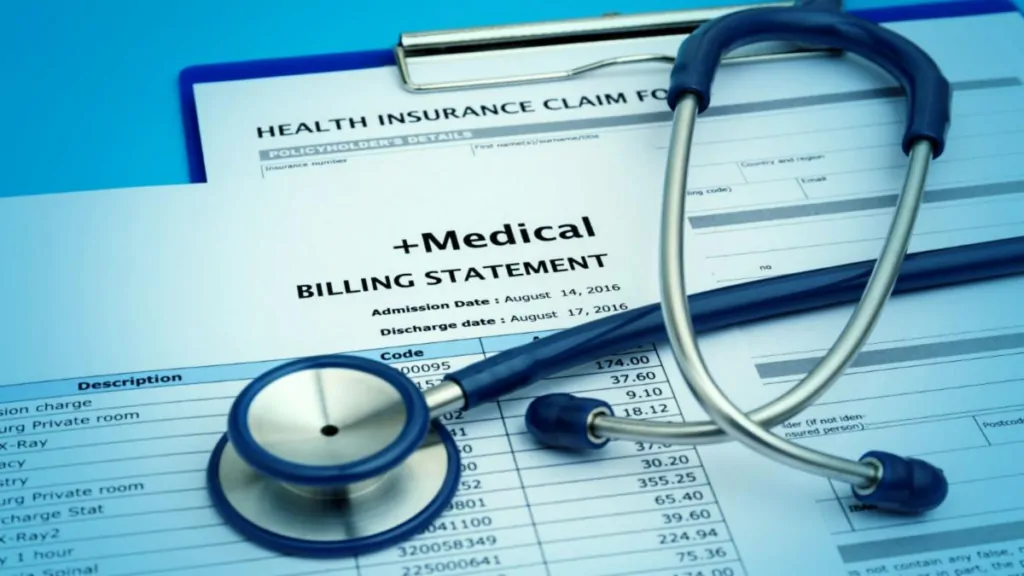When are parents liable for damages caused by their children?

News that the parents of a school shooter were themselves convicted in connection with the incident raises the question: Under what circumstances, if any, can a parent be held civilly liable for damages and injuries caused by their child? A finger on the hand of Miami Beach hotel clerk was severed when an eight-year old […]
Don’t be a sitting duck on I-95

As showcased on ABC News, Semi-tractor trailer trucks, those big 18-wheelers pose a particular hazard on the highway because their size and weight can cause huge damage in a crash, and because they have big blind spots. A big semi-tractor has blind spots in front of it, behind it, to the left and to the […]
So if I’m injured while riding in a Lyft or Uber, am I covered or what?

Ride share drivers’ personal auto insurance generally does not provide coverage to the ride share driver, because their personal insurance is not designed to cover them when engaged in commercial activity. But in general, yes, ride share services such as Lyft and Uber both have insurance coverages in place that provide ample protection to passengers […]
Negligent Security Cases Gutted

God forbid, you’re assaulted at a hotel, mall or apartment building. Prior to now, if you sued the property owner for negligently failing to provide sufficient security to deter the crime, the property owner could not defend himself by blaming the assailant for the injuries. The landlord’s hands were tied: Nowhere on the verdict form […]
Crackdown On Letters Of Protection

There is a longstanding and widely used practice in the world of personal injury called Letters of Protection. Suppose you’re hurt in an accident and you don’t have medical insurance. Under those circumstances, some physicians (who typically cater to personal injury victims) accept a written promise from the injured patient and his attorney to pay […]
On the road: The ten most dangerous intersections in Miami-Dade and Broward

In 2020, more than 24,000 (twenty-four thousand!) people were injured in car accidents in Miami-Dade County. For those of us who driver daily in South Florida traffic with its crazy drivers, here’s a warning about ten spots where we need to be particularly careful: • In Midtown Miami: NE 2nd Ave. and NE 36th Street […]
